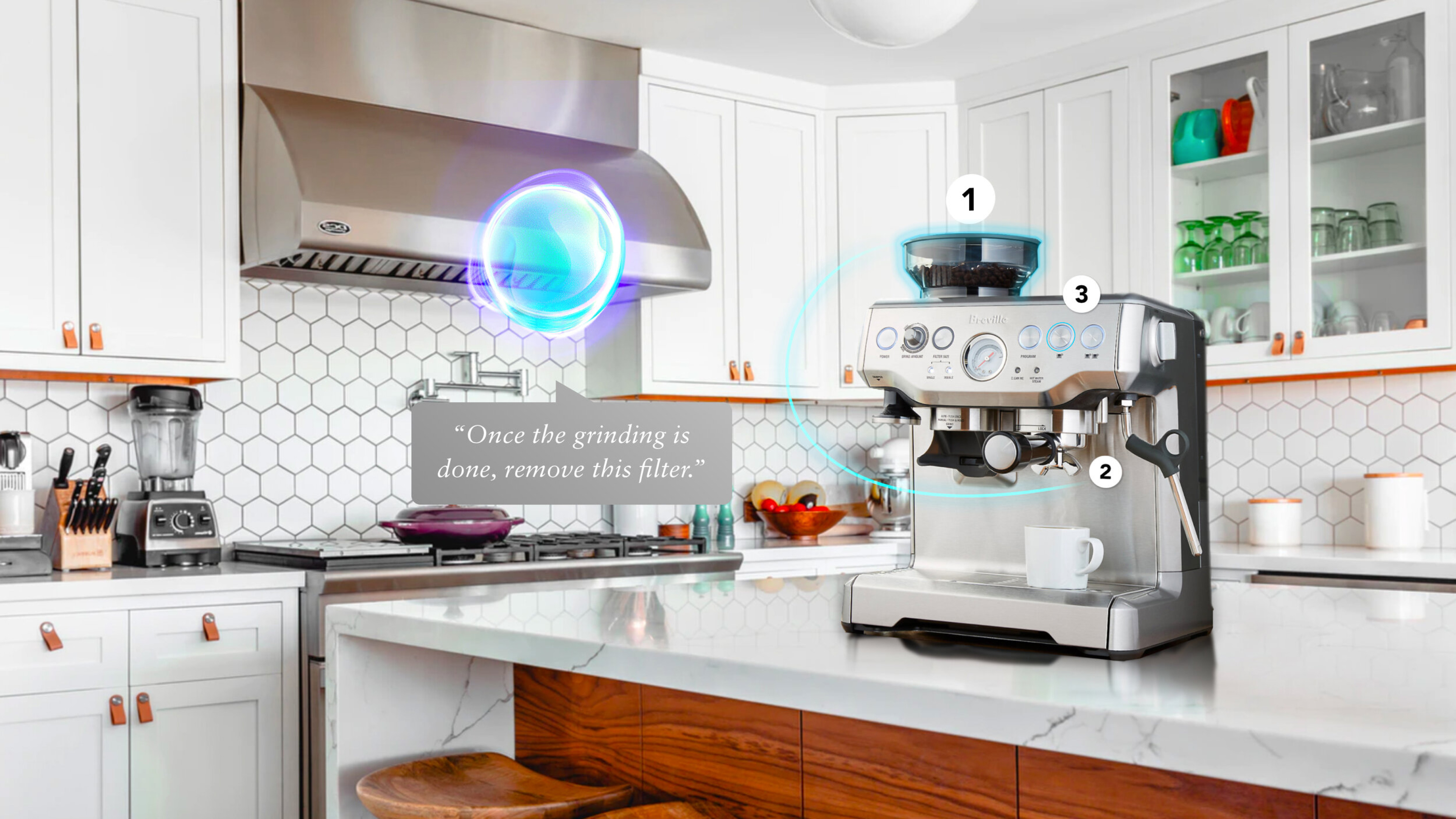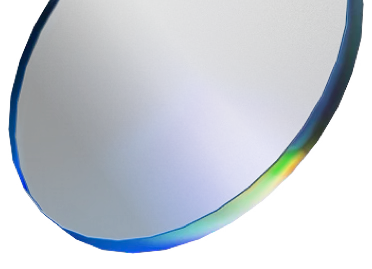

Simple Explainer on What AR Stands for in Technology and how it is used.

AR stands for augmented reality. Augmented reality is combining digital content on top of the physical world. Your phone, tablet, or an AR headset combines surroundings with immersive 3D objects, labels, animations, or information seamlessly so the digital and physical content feel like an extension of one another. This is not a future technology. It exists in billions of smartphones, tablet and immersive headsets.
If you've ever watched football on TV, you've already seen augmented reality. The yellow first down line is a digital overlay placed on top of the real field. This yellow line is not painted on the grass. It's added live on top of the camera through visual effects and AR.
If you've used Snapchat or Instagram, you've probably seen AR. When you use a face filter, this is augmented reality. These effects track your face and place digital elements that move along with you. If you've ever played Pokémon Go, you saw the characters dropped into the real world with your camera. That's one of the most famous examples of AR over the last decade. With all of these examples, augmented reality adds a layer of information and intelligence over the physical world with digital content and blends them seamlessly.

Augmented reality and virtual reality are often confused, but the difference is easy to understand. AR keeps you in the real world, but adds digital content on top of it. You'd still see your home, your office, the table in front of you. The digital layer sits on top of that physical canvas. VR replaces your entire environment with a virtual world. Once you put on your headset, you step into a fully digital scene. If you look left, right, up, or down, everything you see is digital. There's no trace of the physical world that you are in. Both of these are immersive technologies, but they're built for different types of experiences. AR helps to support and reveal your surroundings, where VR transports you somewhere else. Interestingly, these two terms are blurring through headsets like the MetaQuest 3 and the Apple Vision Pro, which let you go from a virtual reality world into a mixed reality world where you can also see your environment alongside digital content.
Most augmented reality today already happens on phones and tablets. When you point your phone around the space, it tracks your environment, and any digital content can appear anchored to whatever your device is seeing. This means that billions of people around the world can try and use AR immediately without buying anything new.
Futuristic headsets are arriving too. Devices like the Apple Vision Pro, the MetaQuest 3, and even smaller glasses let you see the real world with digital layers floating naturally around you. These can make AR feel more seamless and much more immersive. Phones are a great starting point, but the ultimate experience is through these headsets.
Trace works across phones, tablets, and headsets, so no matter what device you own, you can view AR experiences that are created on the platform.

Once you understand the potential and excitement around AR, you can imagine and see the use cases show up everywhere.
• In retail, Amazon lets you place digital furniture or products in your room before buying.
• For education, students could see a virtual dinosaur walking through their space.
• Navigation and wayfinding can overlay directions onto a physical space to show you which direction to go.
• Entertainment and interactive art open up amazing new possibilities with digital 3D content being able to engulf in the world around you.
• Understanding instructions no longer requires a manual. You can see overlays directly on the buttons and product.
Augmented reality works the best when it complements and reveals information about the world around you, rather than pulling you out into a digital world.
Outside of technology, AR can mean other things like accounts receivable, finance, or other unrelated terms. Within the world of tech, AR almost always refers to augmented reality.
In the last decade, making AR experiences required specialized tools, professionals, and complex processes. Today, it's something that anyone can do.
Platforms like Trace let you design augmented reality scenes, place objects in space, create amazing interactions, and publish to phones and headsets without writing any code.
If AR has felt futuristic or out of reach, this is the moment when it becomes approachable. Understanding the basics of AR open up amazing new potentials in immersive and digital media. Anyone can create these types of experiences within moments.
Takeaway: AR stands for augmented reality, a way of adding digital content to the real world. This technology is around us in more ways than we recognize. And now with tools designed for anyone, you can build these experiences too.







